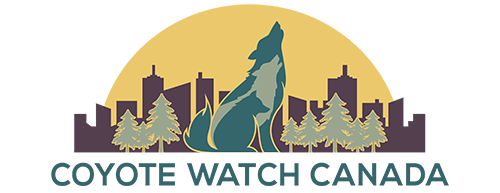 “Perhaps we’ve already “run out of world” including wildness. Some go as far to argue we’ve created a world that’s so technologically and socially complex we can’t control it”. Dr. Marc Bekoff echoed these words in his article, Wild Hearts. Is our disconnect with nature happening all too swiftly? As sentient beings, can we accept this phenomenon as real? I believe as a mother and someone who was brought up entrenched in the beauty and mystery of ‘wildness’, this is worth getting both excited and alarmed about.
“Perhaps we’ve already “run out of world” including wildness. Some go as far to argue we’ve created a world that’s so technologically and socially complex we can’t control it”. Dr. Marc Bekoff echoed these words in his article, Wild Hearts. Is our disconnect with nature happening all too swiftly? As sentient beings, can we accept this phenomenon as real? I believe as a mother and someone who was brought up entrenched in the beauty and mystery of ‘wildness’, this is worth getting both excited and alarmed about.
Let us get excited today. Not tomorrow, long after vital landscapes are destroyed by cleansing, indifference and urbanization. Not a year from now when another species, forest, rural field, or wetland ends up a mortality statistic. Something… that once was. Without habitat, species die. The flora and fauna that sustain these unique and precious wild spaces are vital to a healthy ecosystem of which humans are an integral part. Human manipulation can have enormous, longstanding implications for wild places. How can we appreciate, love and care for something that no longer exists? Our children lose a sacred classroom for learning and connecting with the natural world.
Wild spaces offer the human spirit a sanctuary for meditation, physical release, a template for art, a peaceful place to study, to play and explore. A place to touch, smell, hear, see, pray and dream. Native Americans speak of the seven generations. Chief Seattle in his Letter To All THE PEOPLE was bound by an ancient wisdom and reverence for all non living and living beings. In my opinion, a letter written with trust, hope and the belief that together, ALL THE PEOPLE would live in harmony with each other and Mother Earth. Essentially, what we do or do not do today to protect our wild places, will have a lasting effect on our children’s children and their children, seven generations away.
At the rate we are heading, what will life be like for the seven generations away? Will our children smell air filled with the promise of catching a glimpse of a coyote running free or listen to the wild call of the Great Horned Owl? Will our children witness herds of deer or be afforded the thrill of hearing a distant wolf howl? Will playing in a fresh, cool running stream filled with water crest and tadpoles be a fabricated experience on a computer screen? I hope and pray that wild spaces will continue to be places where your child and mine witness nature and all of her faces.
There are serious considerations for our children, some who may never experience walking in a wild space. Do we need to travel to Africa to experience such joy and adventure? A trip of that magnitude would be amazing, but there are “wild gems” that can be found in every park, forest, field, pond, and creek community across North America that offer inspiration to a young and excited heart. Nurturing our children into conscious stewardship requires thoughtful interaction, appreciation and preservation for the living spaces where the wild one’s roam. Appreciating and protecting the intricate gifts that each habitat offers to us is a fundamental step into the realm of seven generations away.
Children that are given the opportunity to explore wild spaces, learn how to sustain and cherish them. Randy White crafted Moving from Biophobia to Biophilia: Developmentally Appropriate Environmental Education for Children. This is an interesting article that provides educators and parents alike important tools and suggestions for getting children excited about nature. Like Chief Seattle, I also believe that together, we can create and foster endless possibilities in striving to honour and respect our wild places. Our children deserve the right to create their own intimate relationship with Mother Nature in all of her wildness… Safe from the threat of experiential extinction.

